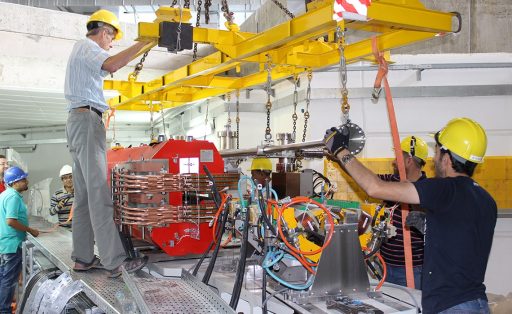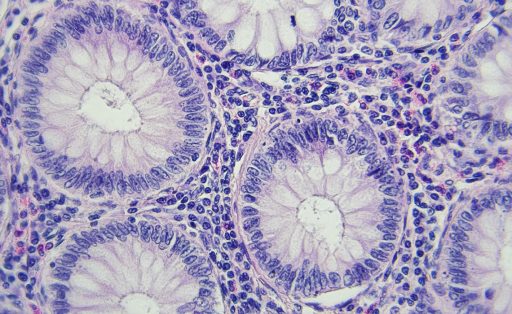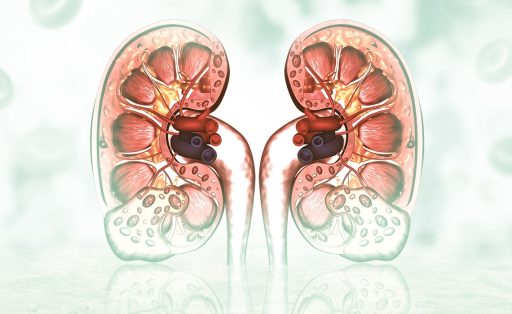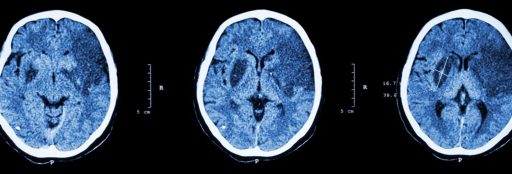The Amazon is the largest and best-known center of biodiversity on the planet, but its forests are being lost at unsustainably high rates. Ongoing research in the Ecuadorian Amazon since the mid-1990s has resulted in concrete environmental benefits for the region and is now supported by a new connection between Ecuador and the United States.
For volcanologists and seismologists Iceland is the world’s volcanic laboratory, where they try out new, data-intensive monitoring and early warning technologies, to help save lives and livelihoods in all parts of the world threatened by volcanic eruptions.
The hope was to build a tool that can probe the secrets of the material world. The dream is that such a tool will not just bring world-class science to the Middle East, but also unprecedented cooperation across a conflict-ridden region. In May 2017, that dream came true with SESAME’s synchrotron.
Engineers used research networks and supercomputing in two countries to inform the design of airplane wings that will make airplanes lighter, reducing fuel consumption and the number of raw materials used in construction
Dr. Javier Sellanes, a professor at the Universidad Católica del Norte is manager of the project that gave life to Pandora, the platform that manages a distributed repository network for the conservation of information related to biodiversity in Chile, including over 30 thousand species of flora and fauna.
One of the major trends in scientific research is the increase in data volume. Science is increasingly data-driven when datasets are on the tera-scale level. Once, only particle physicists produced these huge amounts of data, but now many other branches of science do too and a new service aims to make crunching these data easier for researchers.
Researchers collaborated across continents to advance our understanding of diabetic kidney disease and metabolic changes in pregnancy. High-speed networking plays a critical role connecting researchers and data in Australia to data, resources and colleagues located in Europe.
Genome researchers in the Netherlands work closely together in the field of omics data (such as genomic and metabolomic data). To ensure the data can be shared easily and securely, E-LAN network technology is being piloted in a shared network environment.
The President of the United States of America is said to be the most powerful person in the world. To understand past presidencies, you want to get as close as possible to key presidential decisions. You need access to primary sources, and that is exactly what The Presidential Primary Sources Project is doing.
LOLA is an open source, low latency audio and video conferencing technology that enables real-time, simultaneous, live musical performances across long distances. LOLA is emerging as an opportunity for schools and libraries to leverage their advanced high speed connectivity to allow students to greatly expand their musical horizons.
The sooner a person suffering a stroke receives medical attention, the better the outcome is likely to be. Scenario training using simulation technology is helping hospital staff respond to these types of emergencies more efficiently.
The Telemedicine University Network Rute in Brazil is considered the biggest initiative in telemedicine and telehealth in the world. Watch the interview with Rute’s coordinator, Luiz Ary Messina, and learn more about the reach and roadmap for this world-changing initiative.













